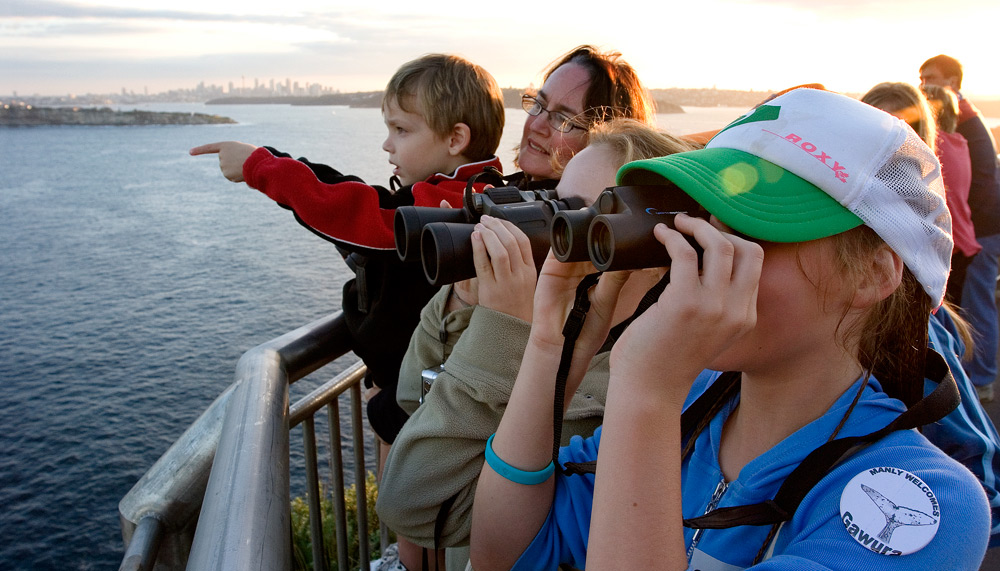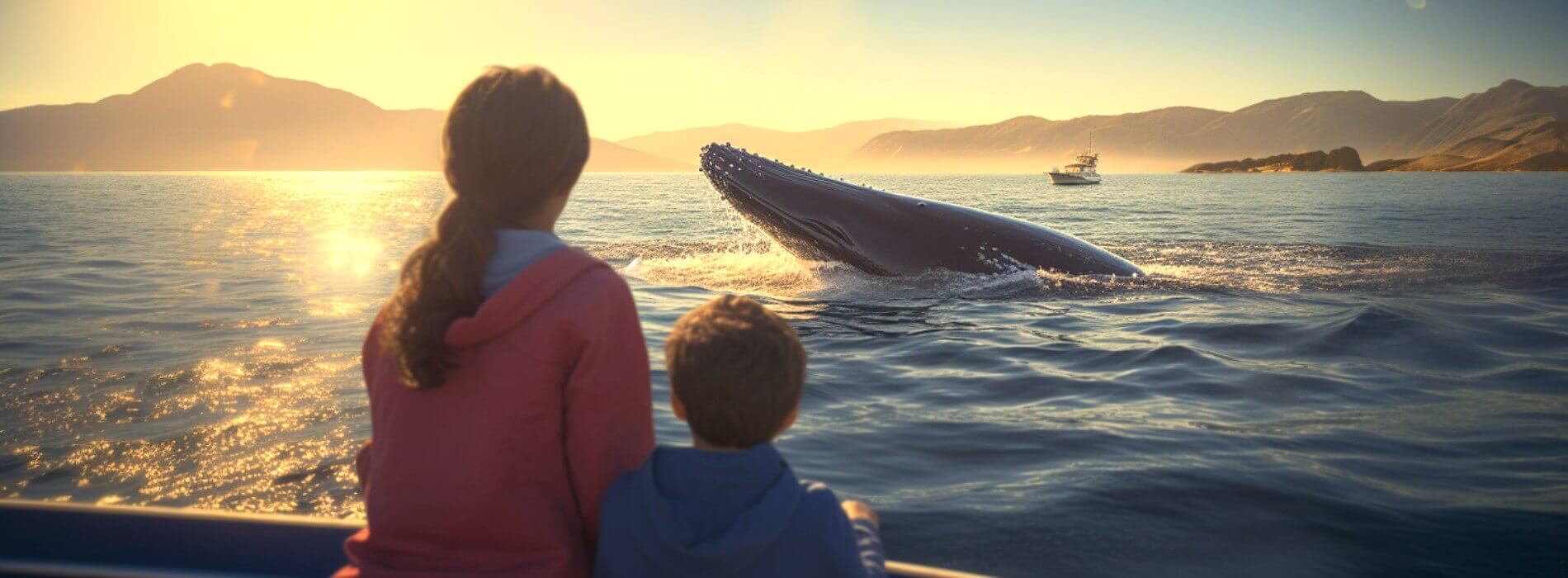Antwort Should I bring binoculars whale watching? Weitere Antworten – Do you need binoculars for whale watching
Binoculars: A good pair of binoculars will help you spot whales that may be further away from the boat. Look for binoculars with a magnification of around 8x or 10x. If you do not have binoculars and do not want to purchase them they are available for rent at our location.Here is a short list of things you may want to bring on your trip.
- Binoculars.
- Rubber soled shoes (avoid heels and leather or plastic soles)
- Picnic lunch.
- Warm clothes/blanket.
- Sunscreen and sunglasses.
- Camera/video recorder/phone.
- Book or playing cards (for the trip in or out)
What to Wear
- Warm layers – it is significantly cooler on the water than on land.
- Hat – warm or sun depending on the season.
- Flat shoes preferably with a rubber bottom, such as tennis shoes.
- Rain jacket or windbreaker.
- Gloves – ideal for spring and fall tours.
What time of day are whales most active : Whales are generally most active in the morning and late afternoon, making these the best times to spot them. During the morning, whales tend to be more active as they start their day and may feed.
What size binoculars do I need for whale watching
Binoculars for whale watching, wildlife viewing and safaris: Popular models include 8×32, 8×42, 10×32 and 10×42. Go with a higher magnification (10 rather than 8) when you're likely to be far from the animals.
What should you bring on a whale watching tour : Items to Bring Whale Watching:
- Hat.
- Sunscreen.
- Sunglasses.
- Binoculars.
- Camera / phone.
- Snacks.
- Water.
- Rubber-soled shoes.
Binoculars for paddling: If you're going to be out on the water on a canoe, kayak, SUP or whale-watching boat, you may want to stick with a lower magnification such as 8 or less, because a higher (10-power) magnification can make steady viewing challenging.
There's a 95% chance you'll see a whale any month of the year. Generally, humpback whales are observed feeding in the bay March through December and Gray whales are seen migrating December through May. Blue whale sightings vary each year but your best bet is July and August.
Do you get wet on whale watching tours
Weather conditions can affect how wet you get during a whale watching tour. If the sea is calm and the weather is dry, there is less chance of getting wet. However, if the sea is choppy or there is rain, you may experience more ocean spray and splashes.While most outfits guarantee a 90 percent chance of a spotting a whale, you might consider booking an extra trip if it's at the top of your bucket list. Some companies offer a complimentary outing if your trip ends sans sighting—check out the policy before booking.The peak season for blue whales in Southern California is from mid-June through mid-September, when they come to the coast to feed on krill. The best time to see them is typically from July through September.
Binoculars: Bringing binoculars enhances your whale-watching experience by allowing you to observe these majestic creatures up close even if the boat is far away, or smaller wildlife nestled within the rocks or the shores!
How do I choose binoculars for whale watching : Whale-watching binoculars
Whales are big, so contrarily to birds, finding them won't be an issue. 10×32 and 10×42 will suite your perfectly, but 8×32 or 8×42 are also a good choice.
Can you wear jeans whale watching : These are an essential part of the whale watching fashion ensemble. Bonus points for waterproof. Avoid skirts, dresses, shorts and jorts—instead wear long pants in thick, wind-blocking fabrics like denim or Gore-Tex.
What are the odds of being eaten by a whale
Although there have been many cases of a whale accidentally sucking a human into their mouths, there are no cases of people dying. It is simply a one-in-a-million occurrence and if you're using safe practices around whales, you will never find yourself being that one.
Propelling forty tonnes out of the water
The fin whale, the second largest whale after the blue whale, is rarely seen jumping out of the water. In fact, the present study revealed that as few as 3.74% of sightings included breaches. Out of 721 encounters with these marine mammals, only 27 breaches were recorded.a 90% chance
While we do not guarantee whale sightings on our tours, 20 years of sightings data shows that we do have a 90% chance of seeing whales during the peak months of June – September. As industry leaders, we are key members of a proprietary sightings network known as the Pacific Whale Watch Association.
What to bring on a whale watching trip : To be best prepared, make sure to pack items including sunscreen, a water bottle, a camera, and binoculars. A Los Angeles whale watching tour can often last up to a few hours, so it's important to be equipped so you are comfortable and prepared.








